Description
Please provide me with more context. I need more information about what you want the article on Oxytetracycline to be about. For example, tell me:
- What is the target audience? (e.g., farmers, veterinarians, general public, medical professionals)
- What is the desired tone? (e.g., informative, cautionary, promotional)
- What is the intended purpose of the article? (e.g., to explain its uses, warn about its side effects, discuss its role in agriculture)
- Are there any specific aspects you want me to focus on? (e.g., its use in treating a particular disease, its environmental impact, its history)
- What is the desired length? (e.g., short overview, detailed report)
Once I have this information, I can write a relevant and helpful article on Oxytetracycline.
For example, here are a few possible scenarios and the kind of outline I might use:
Scenario 1: Target Audience – Farmers, Purpose – Inform about uses in livestock, Tone – Informative
Article Outline: Oxytetracycline for Livestock: A Farmer’s Guide
- Introduction: Briefly define oxytetracycline and mention its broad-spectrum antibiotic properties.
- Uses in Livestock:
- Treatment of common bacterial infections in cattle (e.g., pinkeye, pneumonia, foot rot).
- Treatment of common bacterial infections in poultry (e.g., chronic respiratory disease).
- Dosage and administration guidelines (general overview, emphasizing the importance of following veterinary advice).
- Withdrawal Periods: Explain the importance of observing withdrawal periods for meat and milk.
- Potential Side Effects and Risks:
- Antibiotic resistance.
- Allergic reactions.
- Impact on gut flora.
- Precautions and Best Practices:
- Store oxytetracycline properly.
- Use responsibly under veterinary guidance.
- Consider alternative treatments where appropriate.
- Conclusion: Summarize the benefits and risks of using oxytetracycline in livestock.
Scenario 2: Target Audience – General Public, Purpose – Warn about overuse and resistance, Tone – Cautionary
Article Outline: Oxytetracycline: A Powerful Antibiotic Facing a Growing Threat
- Introduction: Briefly define oxytetracycline and its uses in both human and veterinary medicine.
- The Problem of Antibiotic Resistance:
- Explain how overuse of antibiotics like oxytetracycline contributes to the development of antibiotic-resistant bacteria.
- Discuss the consequences of antibiotic resistance for human and animal health.
- Oxytetracycline Use in Agriculture:
- Address the role of oxytetracycline in animal agriculture, including both treatment and preventative use.
- Discuss concerns about the potential for resistance to spread from animals to humans.
- Responsible Use and Alternatives:
- Emphasize the importance of using antibiotics only when necessary.
- Discuss alternative strategies for preventing and treating infections.
- Conclusion: Highlight the need for responsible antibiotic stewardship to preserve the effectiveness of drugs like oxytetracycline.
Scenario 3: Target Audience – Veterinarians, Purpose – Provide updated information on use and resistance, Tone – Professional
Article Outline: Oxytetracycline in Modern Veterinary Practice: Efficacy and Resistance Considerations
- Introduction: Briefly review the mechanism of action and history of oxytetracycline.
- Current Indications for Oxytetracycline Use:
- Specific bacterial infections in different animal species where oxytetracycline remains an appropriate treatment option.
- Considerations for dosage and route of administration based on species and infection type.
- Monitoring and Prevalence of Resistance:
- Discuss the current state of oxytetracycline resistance in common veterinary pathogens.
- Methods for monitoring resistance patterns in clinical practice.
- Strategies for Minimizing Resistance Development:
- Judicious use of oxytetracycline based on culture and sensitivity testing.
- Implementation of antimicrobial stewardship programs.
- Exploration of alternative treatment options.
- Conclusion: Summarize best practices for oxytetracycline use in light of evolving resistance patterns.
Please provide me with the details of what you want, and I’ll write the article for you!

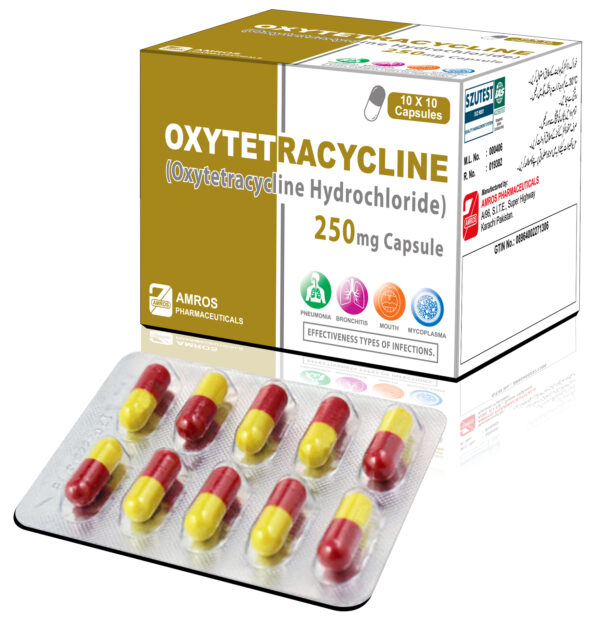





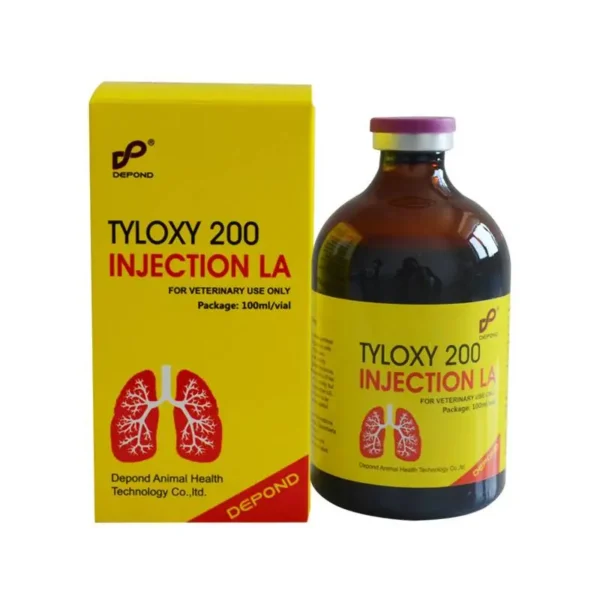









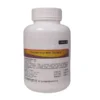

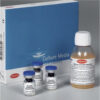
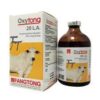






Reviews
There are no reviews yet.